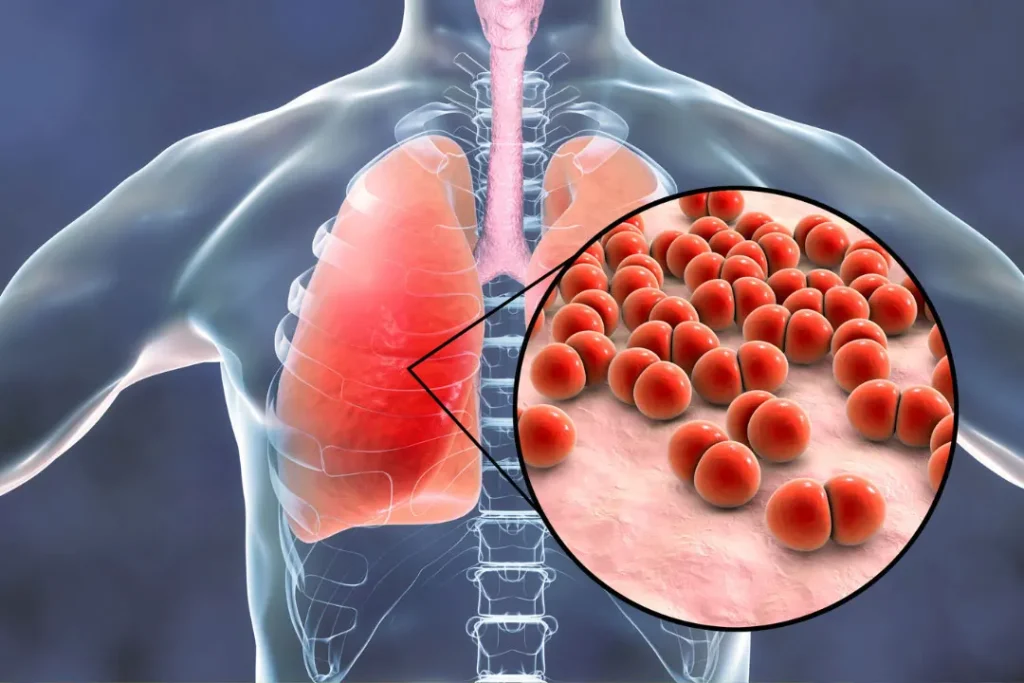Coltsfoot is a perennial herb that is a member of the asteraceae family and is also known by its scientific name, tussilago farfara. Its historic use as a treatment for respiratory conditions like asthma, bronchitis, and coughs dates back to ancient times. The nature of coltsfoot, its potential health advantages, suggested doses, potential side effects, and possible interactions with other medications will be the main points of this in-depth analysis.
You May Also Like:
5 Great Nootropic Herbs for Focus and Mental Clarity
5 Great Nootropic Herbs for Energy, Focus, and Productivity
Coltsfoot: Benefits, Dosage, Side Effects, Drug Interactions, and Other Important Information is an original (NootropicsPlanet) article.
Nature of Coltsfoot
Originally from Europe and areas of western and central Asia, coltsfoot is a small plant that has subsequently spread to North America. Coltsfoot gets its nickname, “son before the father,” since it often blooms in the early spring before its leaves appear. It has more distinctive characteristics than only yellow, daisy-like blooms and leaves in the shape of horses. Scientific curiosity and research have been spurred by the plant’s chemistry, notably its concentration of flavonoids and pyrrolizidine alkaloids.
Potential Health Benefits of Coltsfoot
Coltsfoot’s flavonoids, sterols, and mucilage are largely responsible for its beneficial effects on our health. Many plant species contain flavonoids, which have been linked to anti-inflammatory, antioxidant, and anticancer activities. Coltsfoot is supposed to provide calming benefits on the respiratory tract because of mucilage, a complex carbohydrate that forms a barrier over inflamed tissue to lessen discomfort.
Due to the plant’s expectorant, antitussive, and demulcent characteristics, it has historically been used to treat numerous diseases including bronchitis, asthma, and pertussis. Coltsfoot contains flavonoids, which are known to have anti-inflammatory properties. Several flavonoids can help reduce the inflammation brought on by several respiratory disorders.

Chemistry of Coltsfoot
Coltsfoot has many chemical components, but its main components include flavonoids, mucilage, sterols, and pyrrolizidine alkaloids. The polyphenolic substances called flavonoids are well known for their antioxidant, anti-inflammatory, and anticancer properties. A complex carbohydrate called mucin can create a barrier over any inflamed tissue to lessen discomfort. Sterols are substances that resemble cholesterol structurally and can have immunomodulatory effects. However, pyrrolizidine alkaloids are substances that can be hepatotoxic and have been linked to carcinogenic properties .

Physiological Propertiesof Action of Coltsfoot
The physiological functions of coltsfoot’s main components are regarded to be the source of its medicinal potential. Coltsfoot contains flavonoids that help scavenge free floating toxins in our body, and any reactive species that can harm our cells. These can result in chronic illnesses including cancer and cardiovascular disease. These substances also possess anti-inflammatory qualities and can prevent the generation of pro-inflammatory cytokines, which can help reduce inflammation in illnesses like bronchitis and asthma.
Coltsfoot contains mucilage, which aids in the plant’s demulcent effects. Coltsfoot has historically been used as an expectorant because mucilage, which coats the mucosal lining of the respiratory system, can lessen discomfort brought on by coughing and can make it easier to expel mucus.
Coltsfoot contains pyrrolizidine alkaloids, which are known to be hepatotoxic. These substances can be broken down in the liver to create reactive species that can attach to proteins and nucleic acids, possibly damaging the liver and raising the risk of liver cancer. They are the main cause for care while using coltsfoot since their existence is a significant safety hazard.

Optimal Dosage of Coltsfoot
Currently, there isn’t a recommended dosage for coltsfoot because there hasn’t been sufficient time for significant scientific research. On the other hand, traditional usage typically requires making a tea from the dried leaves or blooms. A common preparation is to take one to two teaspoons steeped in hot water. Before starting any coltsfoot therapy, it is advised that you see your doctor.
Side Effects of Coltsfoot
While coltsfoot contains flavonoids that can have health benefits, the plant also contains pyrrolizidine alkaloids, which have been linked to hepatotoxicity. This shows tat they could have cancer-causing potential. Long-term use of pyrrolizidine alkaloids can cause veno-occlusive disease, a serious and sometimes deadly disorder marked by the blockage of tiny veins in the liver. Consuming coltsfoot should be done so with caution, and any negative side effects should be reported right away to your healthcare professional.
Potential Substance Interactions with Coltsfoot
Theoretical interactions can be inferred from coltsfoot’s chemical makeup despite the paucity of information on its interactions with other chemicals. Coltsfoot contains flavonoids that can interact with medications that are processed by the liver, thereby reducing their effectiveness or safety. Coltsfoot contains pyrrolizidine alkaloids, which have the potential to be hepatotoxic. Therefore, mixing coltsfoot with other drugs that are processed by the liver can raise the risk of liver damage.
Responsible Use of Coltsfoot
Coltsfoot’s potential health benefits and safety have not been well studied, thus it is crucial to approach its usage appropriately. It is advised to use coltsfoot sparingly and to avoid it entirely during pregnancy and breastfeeding due to its possible hepatotoxicity. Your healthcare professional should be consulted before beginning coltsfoot as a supplement in order to determine the risk-benefit ratio for your particular health situation.

Coltsfoot:
Conclusion
In conclusion, coltsfoot has a variety of bioactive chemicals that can have therapeutic benefits. However, its hepatotoxic characteristics highlight the need for more scientific investigation to determine its safety and possible health advantages. In the meanwhile, coltsfoot usage need to be done with prudence, ideally under medical supervision.
References:
- The Roles of Flavonoids in Respiratory Diseases. Retrieved From: https://www.mdpi.com/1422-0067/20/6/1321
- Flavonoids: antioxidants or signalling molecules? Retrieved From: https://pubmed.ncbi.nlm.nih.gov/15740059/
- Coltsfoot (Tussilago farfara) – An overview. Retrieved From: https://www.botanical.com/botanical/mgmh/c/coltsf88.html
Important Note: The information contained in this article is for general informational purposes only, and should not be construed as health or medical advice, nor is it intended to diagnose, prevent, treat, or cure any disease or health condition. Before embarking on any diet, fitness regimen, or program of nutritional supplementation, it is advisable to consult your healthcare professional in order to determine its safety and probable efficacy in terms of your individual state of health.
Regarding Nutritional Supplements Or Other Non-Prescription Health Products: If any nutritional supplements or other non-prescription health products are mentioned in the foregoing article, any claims or statements made about them have not been evaluated by the U.S. Food and Drug Administration, and such nutritional supplements or other health products are not intended to diagnose, treat, cure, or prevent any disease.


